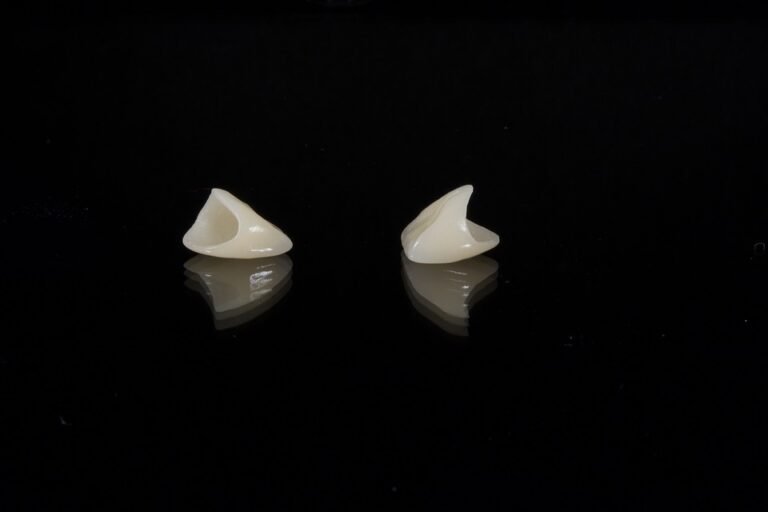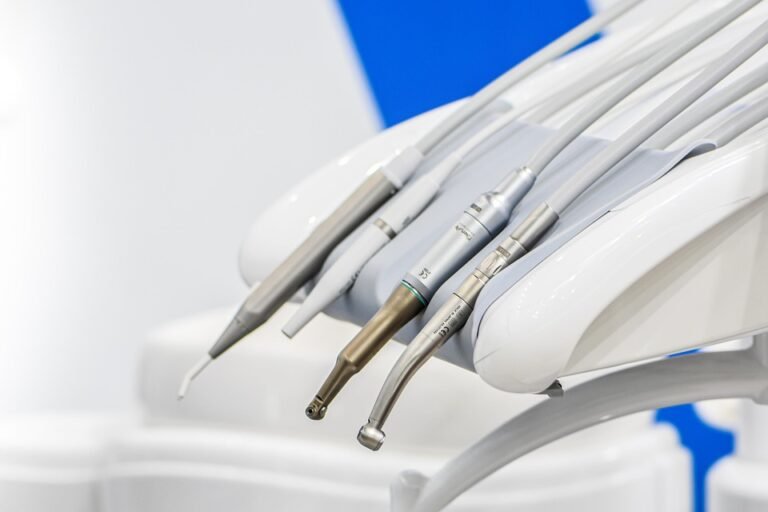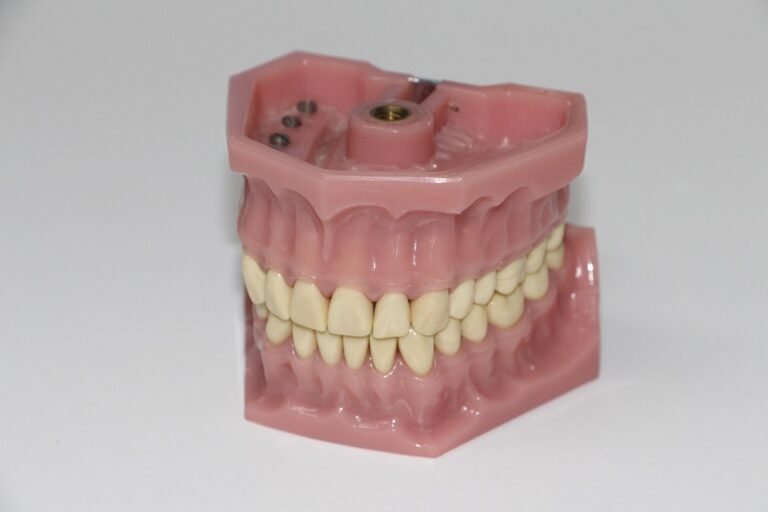How can UX improve payment processing and insurance claims within dental apps
Okay, so I’m building a mobile app for my dental practice – and eventually, I hope, for other practices too. We’re trying to make the whole patient experience smoother, from booking appointments to managing their dental records. But the biggest pain points seem to be around payment processing and insurance claims.
Specifically, I’m thinking about:
-
Payments: Patients get confused about their co-pays, deductibles, and what they actually owe after insurance. We need a clearer, more transparent way to show them their financial responsibilities upfront. We also want to make it easy for them to pay – whether it’s through the app, setting up payment plans, or even just knowing their financing options. Integration with different payment gateways is a must. I’d like to make it easy for patients to pay with methods like credit cards and Health Savings Accounts (HSA’s).
- Insurance Claims: Submitting claims is a nightmare. Patients have no idea what information we need, and they often have the wrong policy numbers or coverage details. Even worse, following up on claim status takes forever. I need a way to simplify the data collection process (maybe let them scan their insurance card?), and ideally, give them real-time updates on their claim status, without having to call the insurance company directly. Some of the things that I’d like to make it easier for patients to understand are the following: Explanation of Benefits, claim denials, and claim appeals.
What specific UX design principles or techniques can I apply to improve these aspects of the app? I’m looking for practical solutions and examples of apps that already do this well. Should I be focusing on micro-interactions, visual cues, personalized dashboards? What are the best practices for designing a payment/claims experience that’s both user-friendly and compliant with HIPAA regulations? I want to make this as stress-free as possible for my patients.
Answer
UX design can significantly improve payment processing and insurance claims within dental apps by focusing on streamlining workflows, providing clarity, and building trust. Here’s a detailed breakdown of how:
I. Payment Processing:
- A. Streamlined Payment Flow:
- Simplified Navigation: Reduce the number of steps required to complete a payment. Implement a clear, intuitive payment flow, minimizing clicks and page transitions.
- Guest Checkout Option: Offer a guest checkout option for first-time users or those who prefer not to create an account immediately, reducing friction. Collect necessary information gradually.
- Progress Indicator: A visual progress bar keeps users informed of where they are in the payment process, reducing anxiety about long or confusing forms.
- Remembered Payment Methods: Securely store payment information (with explicit user consent and adherence to security standards like PCI DSS) for returning users, enabling one-click or saved payment options.
- Payment Method Prioritization: Display preferred or recently used payment methods prominently, accelerating the selection process.
- Mobile Wallet Integration: Integrate with mobile wallet solutions like Apple Pay, Google Pay, and Samsung Pay for faster and more secure transactions.
- B. Transparency and Clarity:
- Cost Breakdown: Provide a detailed breakdown of charges, including treatment costs, taxes, and discounts. Ensure transparency regarding payment options.
- Accepted Payment Methods: Clearly display all accepted payment methods (credit cards, debit cards, insurance, financing plans) upfront.
- Real-time Validation: Implement real-time validation of payment information to catch errors instantly, preventing failed transactions.
- Confirmation and Receipts: Provide immediate payment confirmation with a clear transaction ID and a detailed receipt, downloadable or sent via email.
- Transparent Pricing Information: Display price ranges or average costs for common procedures to set realistic expectations. If exact costs are unavailable without an examination, clearly communicate this.
- C. Security and Trust:
- Security Badges and Trust Seals: Display security badges and trust seals from reputable organizations to instill confidence in the app’s security.
- Secure Connection Indication: Use HTTPS protocol and display a padlock icon in the address bar (if applicable) to indicate a secure connection.
- Data Privacy Explanation: Clearly explain how payment information is stored and protected, emphasizing compliance with privacy regulations (e.g., HIPAA, GDPR).
- Fraud Prevention Measures: Implement fraud detection measures and clearly communicate them to users.
- D. Flexible Payment Options:
- Payment Plans and Financing: Integrate with financing providers to offer payment plans or financing options directly within the app. Display clear terms and conditions for each option.
- Subscription Models: If applicable, offer subscription-based models for preventative care, with transparent pricing and automatic billing options.
- Partial Payments: Allow users to make partial payments or set up payment schedules if applicable.
II. Insurance Claims:
- A. Simplified Claim Submission:
- Digital Insurance Card Upload: Allow users to upload images or screenshots of their insurance cards directly into the app. Implement OCR (Optical Character Recognition) technology to automatically extract relevant information.
- Pre-filled Forms: Pre-populate claim forms with available patient and treatment information to minimize manual data entry.
- Guided Claim Process: Provide a step-by-step guided process for submitting claims, with clear instructions and prompts.
- Direct Insurance Integration: Integrate directly with insurance providers to submit claims electronically, streamlining the process and reducing paperwork.
- Treatment Code Selection: Offer a user-friendly interface for selecting appropriate dental procedure codes (CDT codes), with descriptions and search functionality.
- Attachment Upload: Allow users to easily upload supporting documentation, such as X-rays or treatment records, directly with the claim.
- B. Clarity and Transparency:
- Insurance Eligibility Verification: Integrate with insurance providers to verify patient eligibility and coverage in real-time.
- Coverage Information Display: Clearly display relevant coverage information, such as deductibles, co-pays, and annual maximums.
- Estimated Out-of-Pocket Costs: Provide estimates of out-of-pocket costs based on insurance coverage and treatment plans. Clearly state that these are estimates and subject to insurance approval.
- Claim Status Tracking: Allow users to track the status of their claims in real-time, with updates on processing, approval, and payment.
- Explanation of Benefits (EOB) Access: Provide access to digital EOBs directly within the app.
- Denial Explanation: If a claim is denied, provide a clear explanation of the reason for denial and guidance on how to appeal or resubmit the claim.
- C. Automation and Efficiency:
- Automated Claim Submission: Automate the claim submission process whenever possible, reducing manual intervention.
- Claim Error Detection: Implement automated error detection to identify potential issues with claims before submission, reducing rejection rates.
- Document Management: Provide a secure and organized system for storing and managing insurance documents.
- D. Communication and Support:
- In-App Chat or Support: Provide access to in-app chat or support channels for users to ask questions about payment or insurance.
- FAQ Section: Include a comprehensive FAQ section addressing common questions about payment processing and insurance claims.
- Personalized Support: Offer personalized support based on user’s insurance plan and treatment history.
- Push Notifications: Utilize push notifications to provide updates on claim status, payment reminders, and other important information.
III. General UX Considerations:
- A. Mobile-First Design: Design the app with a mobile-first approach, ensuring a seamless experience on smartphones and tablets.
- B. Accessibility: Ensure the app is accessible to users with disabilities, following accessibility guidelines (e.g., WCAG).
- C. User Testing: Conduct thorough user testing to identify pain points and areas for improvement in the payment and insurance claim processes.
- D. Iterative Design: Continuously iterate on the design based on user feedback and data analysis.
- E. Personalization: Tailor the user experience based on individual preferences and past interactions.
- F. Performance Optimization: Optimize the app’s performance to ensure fast loading times and a smooth user experience.
- G. Consistent Branding: Maintain a consistent brand identity throughout the app, building trust and recognition.
By focusing on these UX principles, dental apps can significantly improve payment processing and insurance claim experiences, leading to increased patient satisfaction, reduced administrative burden, and improved financial outcomes for both patients and dental practices.




